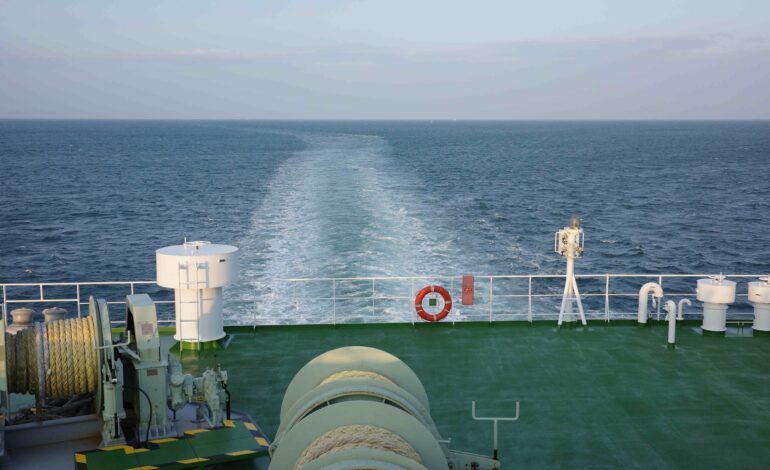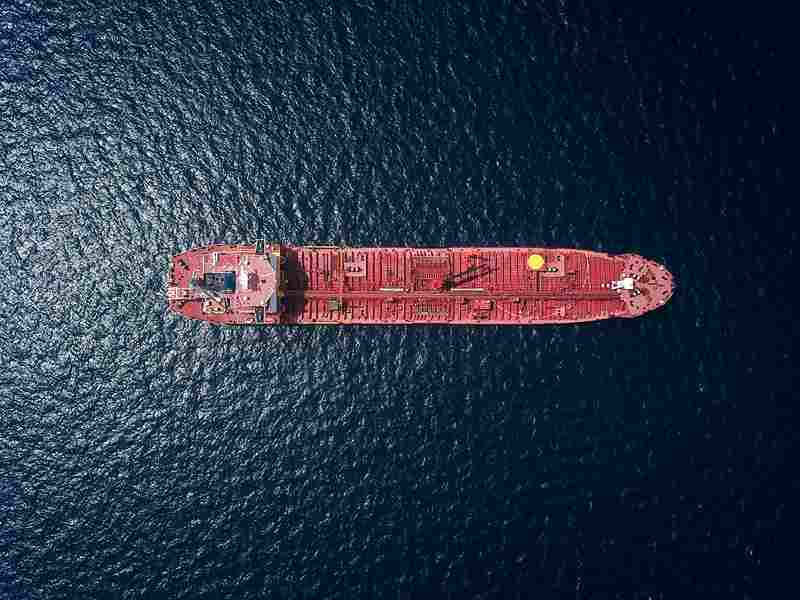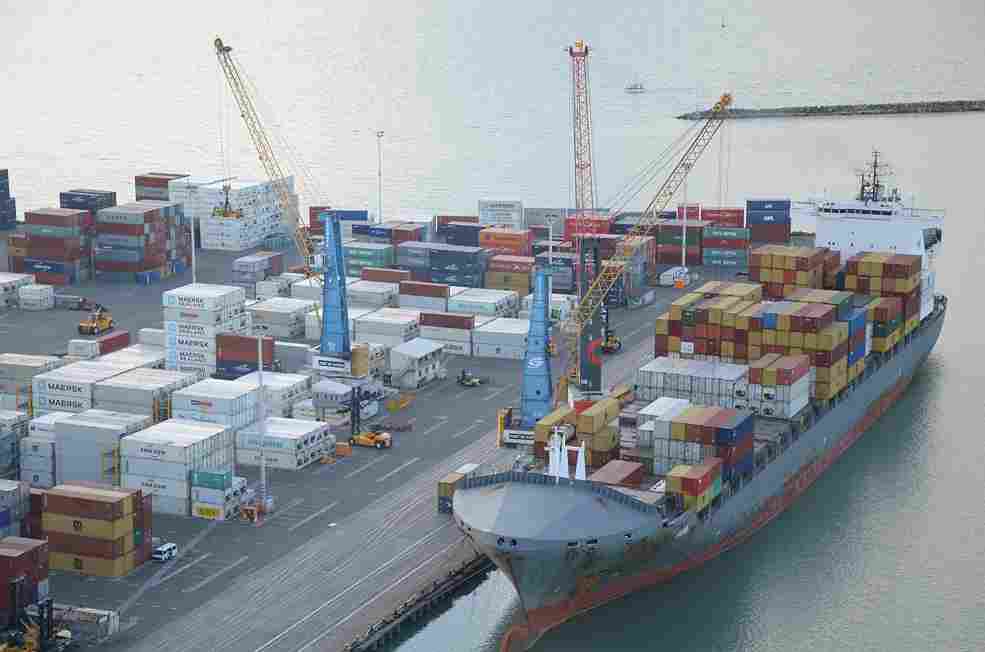
Fuel Cells in Maritime Bunkering: Opportunities and Infrastructure Barriers
As global shipping races to meet ambitious decarbonization targets, fuel cell technology is emerging as a transformative force in maritime propulsion. With the potential to drastically cut greenhouse gas emissions, improve fuel efficiency, and offer quiet, vibration-free operation, fuel cells present a compelling alternative to internal combustion engines. Yet, despite their promise, the integration of fuel cells into maritime bunkering—the process of refueling ships—faces significant infrastructure and logistical challenges. This article explores the opportunities and barriers that fuel cells present in maritime bunkering, offering a balanced view of the path ahead.
What Are Fuel Cells?
Fuel cells are electrochemical devices that convert the chemical energy of a fuel—usually hydrogen or ammonia—directly into electricity, heat, and water. Unlike combustion engines, which burn fuel to create power, fuel cells operate without combustion, making them more efficient and cleaner. The most common types relevant to maritime use include:
- Proton Exchange Membrane Fuel Cells (PEMFCs) – Ideal for lower temperatures and rapid start-up.
- Solid Oxide Fuel Cells (SOFCs) – High-efficiency systems suited for steady, long-haul operations.
- Molten Carbonate Fuel Cells (MCFCs) – Suitable for using carbon-containing fuels like LNG or biofuels.
- Ammonia-fed fuel cells – An emerging field, allowing ships to bypass hydrogen infrastructure.
Opportunities for Fuel Cells in Maritime Shipping
1. Zero Emissions at Point of Use
Fuel cells emit no sulfur oxides (SOx), nitrogen oxides (NOx), or particulate matter. When fueled by green hydrogen or ammonia, they also eliminate CO₂ emissions, aligning perfectly with International Maritime Organization (IMO) targets for decarbonization by 2050.
2. High Efficiency
Fuel cells can convert 40–60% of the fuel’s energy into electricity—much higher than conventional marine engines. This leads to lower fuel consumption and operational costs over time, especially in hybrid systems where fuel cells are paired with batteries.
3. Quiet and Low Vibration Operation
The near-silent nature of fuel cells is ideal for passenger vessels, research ships, and naval operations. Reduced noise also lowers underwater sound pollution, which is critical in protecting marine biodiversity.
4. Scalability for Different Vessel Types
Fuel cells can be modular, meaning they can be scaled up or down to meet the power needs of various ships—from ferries and tugboats to ocean-going cargo vessels.
5. Compatibility with Future Fuels
Fuel cells are adaptable to a range of low-carbon and zero-carbon fuels, including hydrogen, ammonia, methanol, and LNG (with CCS integration), providing flexibility for future bunkering strategies.
The Role of Bunkering in Fuel Cell Adoption
Bunkering is not just a technical refueling process; it is a critical link in the operational and economic chain of shipping. For fuel cells to scale, bunkering infrastructure must evolve to supply fuel cell-compatible fuels—particularly hydrogen and ammonia—at ports around the world.
This brings forward several logistical and infrastructural issues:
Infrastructure Barriers
1. Fuel Availability and Storage
The biggest barrier to fuel cell adoption is the limited availability of hydrogen and ammonia bunkering infrastructure at major ports. Hydrogen, especially, presents challenges:
- Hydrogen requires storage at extremely low temperatures or high pressures.
- Ammonia is easier to store but is toxic and requires careful handling and leak detection.
Most global ports are not currently equipped with the infrastructure to safely store or deliver these fuels at scale.
2. Safety Regulations and Standards
Both hydrogen and ammonia are hazardous materials. Maritime fuel cell adoption depends heavily on the development and harmonization of global safety standards for storage, transport, and bunkering procedures.
- Hydrogen is highly flammable and requires strict containment protocols.
- Ammonia is toxic to humans and marine life, necessitating specialized bunkering and training.
Port authorities, classification societies, and IMO must collaborate to develop and enforce comprehensive safety frameworks.
3. High Capital Costs
Establishing a fuel cell-compatible bunkering station—especially for hydrogen—requires major investment in cryogenic storage, compression equipment, pipelines, and specialized vessels. Without financial incentives or public-private partnerships, few port operators are willing to take on the cost.
4. Lack of a Global Fuel Supply Chain
Currently, the global maritime fuel supply chain is designed around fossil fuels. Establishing a green hydrogen or green ammonia supply chain will require:
- Renewable energy capacity to produce green fuels
- Electrolyzers or reformers near port locations
- Maritime transport options for liquefied fuels
- Onshore bunkering facilities capable of rapid refueling
This represents a massive overhaul of the existing global fuel logistics network.
5. Technological Maturity
While fuel cell systems for land-based applications have matured, marine fuel cells face unique challenges such as:
- Corrosive environments
- Varying power demands
- Space and weight constraints
Fuel cell systems must be rugged, reliable, and efficient over long durations and variable sea conditions before they are widely accepted.
Current Developments and Pilot Projects
Several pilot projects are already pushing the boundaries of what’s possible:
- Hydrogen-powered ferries: Projects in Norway and San Francisco are testing PEMFCs on short-haul ferries.
- Ammonia-fueled ships: Yara and MAN Energy Solutions are working on ammonia-fed SOFCs.
- Hydrogen bunkering trials: Ports like Rotterdam, Hamburg, and Singapore are investing in small-scale hydrogen bunkering terminals.
These efforts represent critical steps, but most are limited in scale and localized. Expanding from pilot to port-wide adoption remains a steep climb.
Strategies to Overcome Infrastructure Barriers
1. Public-Private Partnerships (PPPs)
Collaboration between governments, port authorities, and private companies is essential to de-risk investments in fuel cell and bunkering infrastructure.
2. Standardization and Regulation
The IMO and other regulatory bodies must prioritize international standards for fuel cell bunkering, ensuring uniform safety protocols and legal clarity across jurisdictions.
3. Technology-Neutral Infrastructure
Ports should consider building “flex-fuel” bunkering infrastructure that can handle multiple low-carbon fuels (hydrogen, ammonia, methanol) to hedge against uncertainty in fuel adoption trends.
4. Incentives and Carbon Pricing
Carbon taxes or emissions trading systems that make fossil fuels less economically attractive can create market demand for cleaner alternatives like fuel cells. Subsidies for green fuel production and infrastructure development will accelerate adoption.
5. Knowledge and Training
As fuel cells and new fuels enter shipping, training maritime personnel in fuel handling, safety, and maintenance is crucial. Universities, training centers, and maritime academies will play a key role.
Conclusion
Fuel cells hold immense potential to revolutionize maritime propulsion, offering a zero-emission, high-efficiency alternative to fossil fuel engines. However, their widespread adoption hinges not just on the technology itself, but on the supporting bunkering infrastructure. From hydrogen production to port-side delivery systems, the barriers are complex but surmountable.
To fully capitalize on the fuel cell opportunity, the maritime industry must take a systemic approach—one that involves coordinated investment, regulation, innovation, and global cooperation. While the road ahead is challenging, the destination—cleaner, quieter, and more efficient shipping—is within reach.




